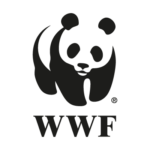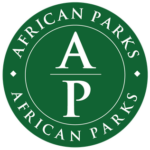
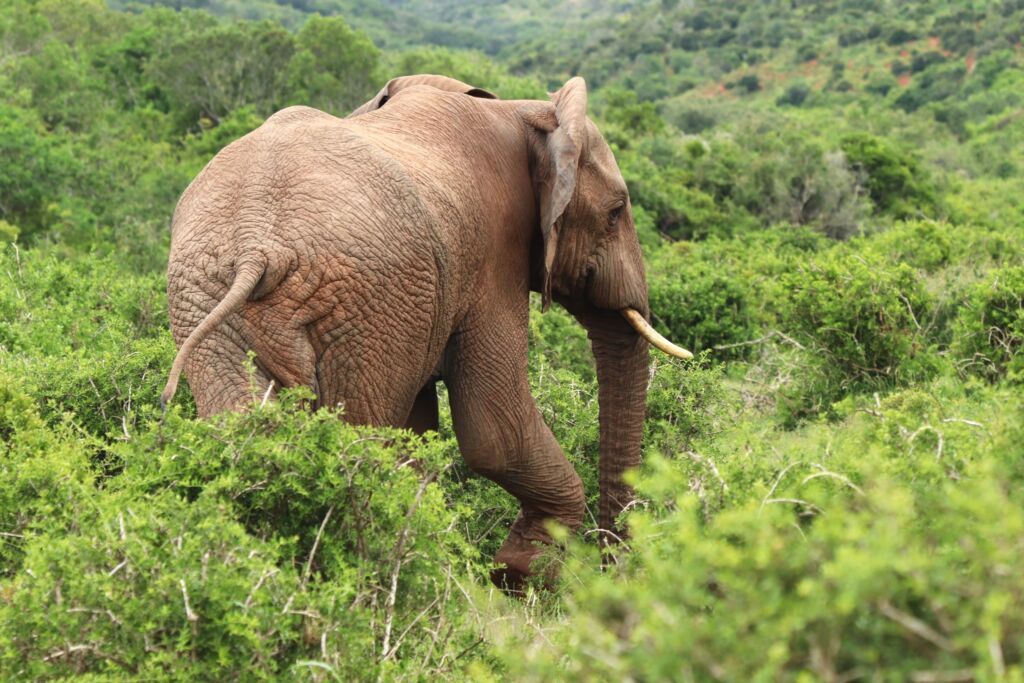


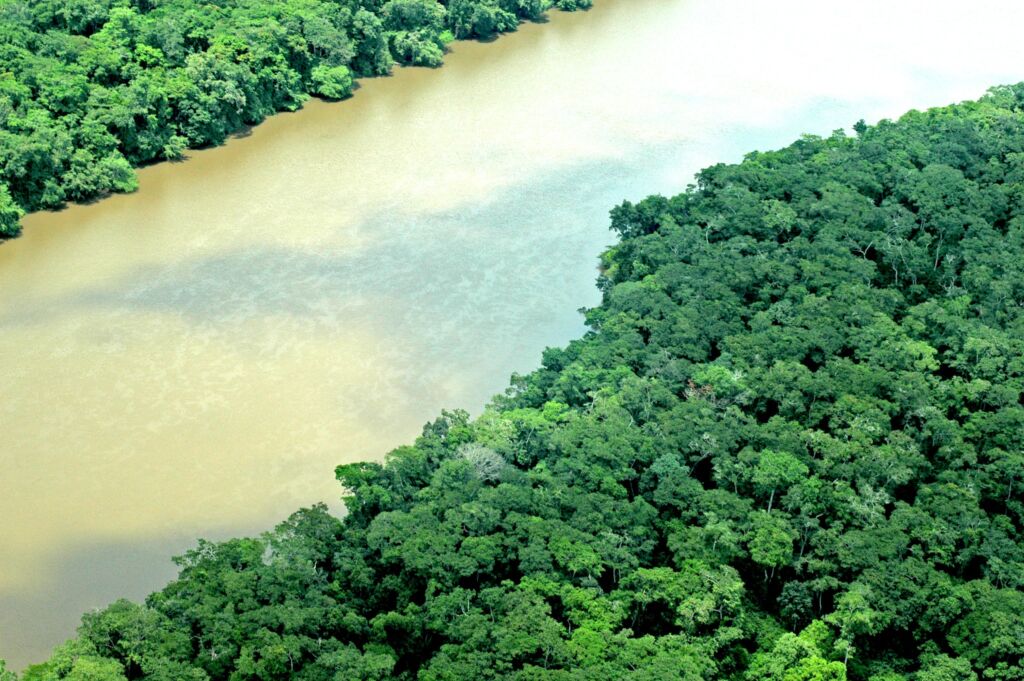
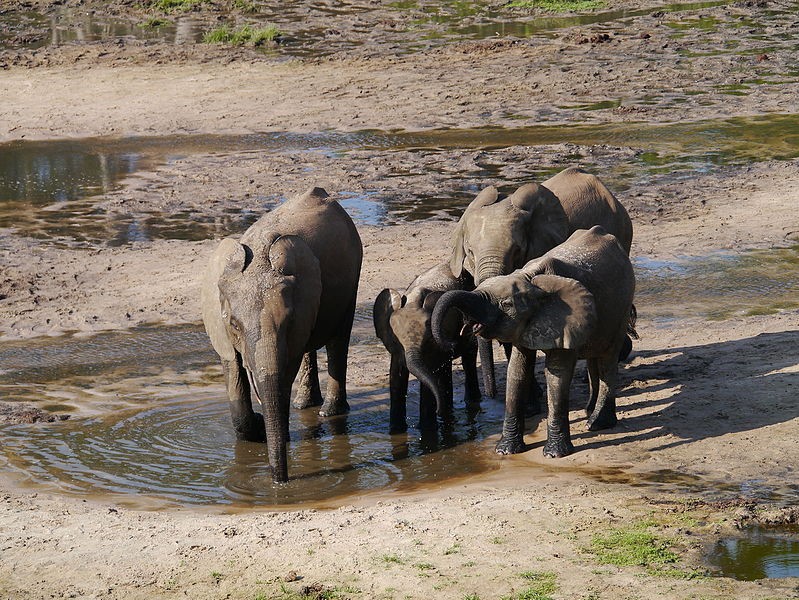
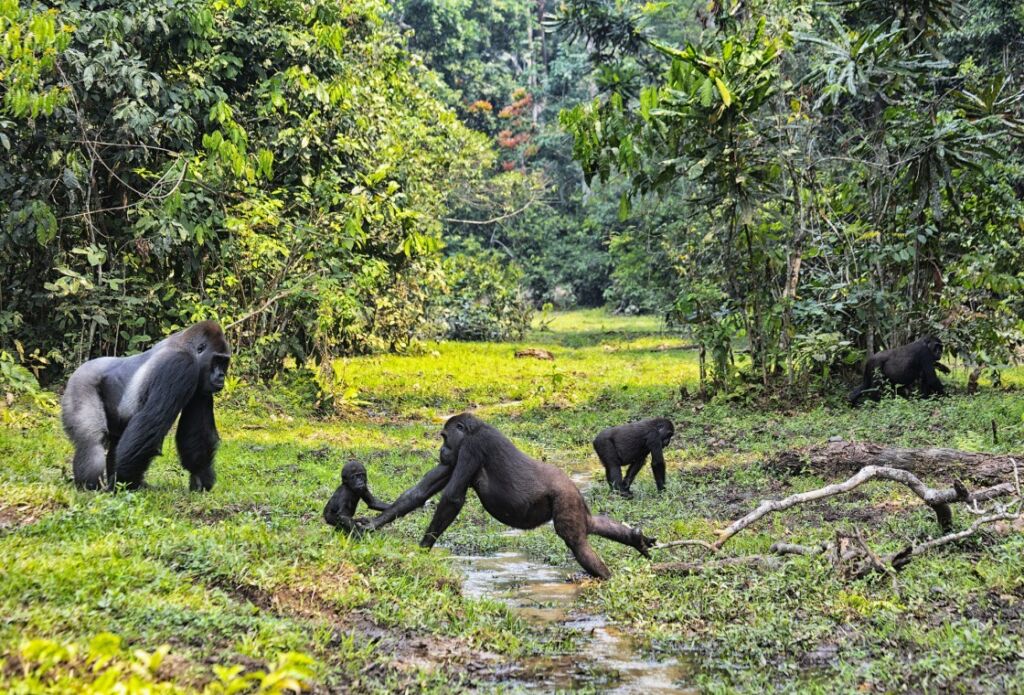
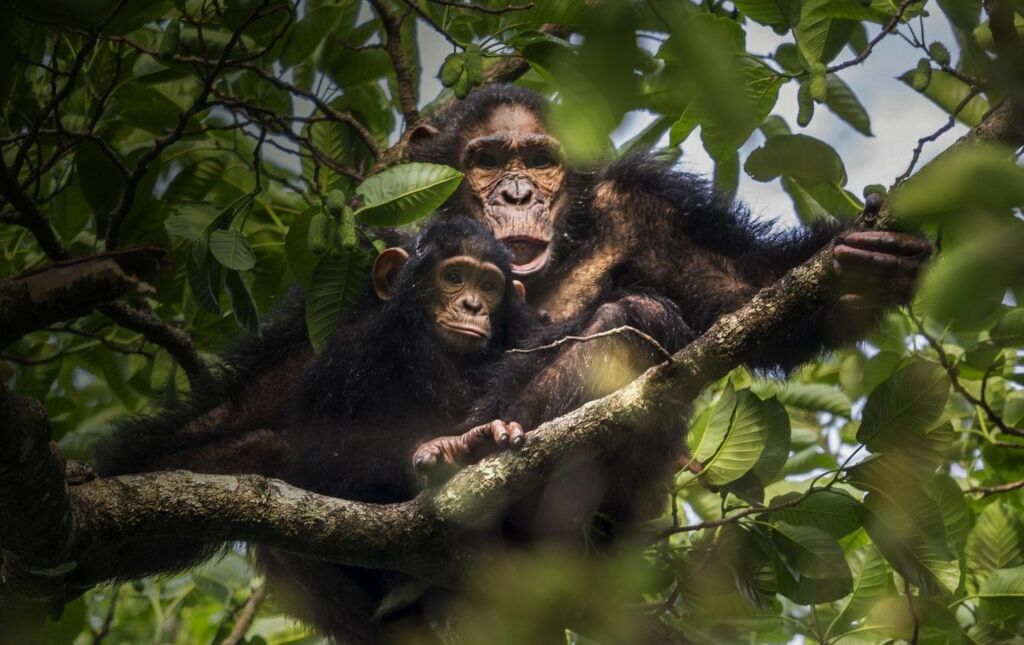

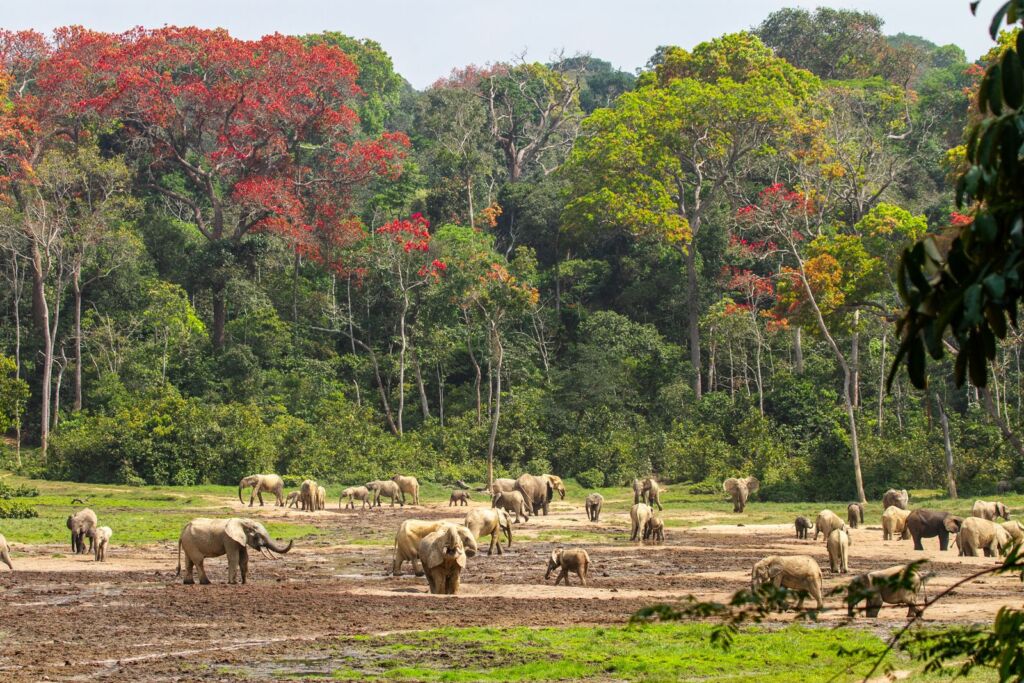
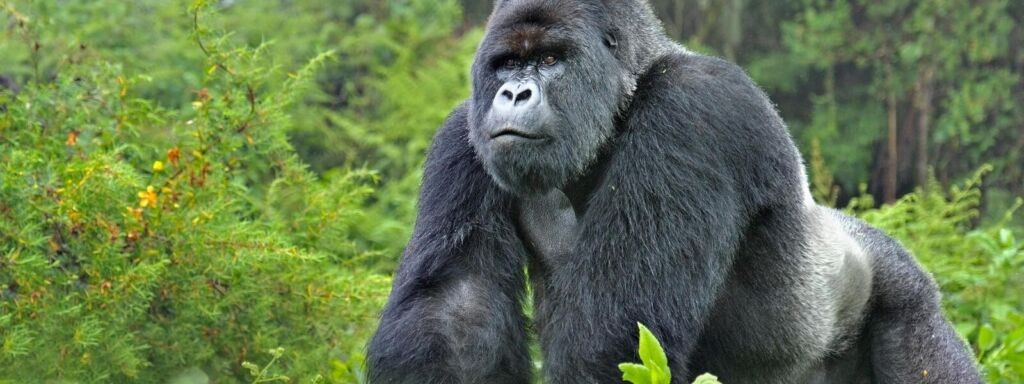











1. Aouk Aoukale Faunal Reserve
The Aouk-Aoukale Faunal Reserve is a national park found in the Central African Republic. It was established in 1939. This site is 3451 km²
2. Nana Barya Faunal Reserve
The Fauna de la Nana Barya Reserve is a game reserve in the Central African Republic. It is located in Ouham Prefecture, in the western part of the country, 400 km north of the capital Bangui.
In the area around the Réserve de Faune de la Nana Barya, mainly savannah forest grows. Around the Reserve it is very sparsely populated, with 5 inhabitants per square kilometer. The savannah climate prevails in the area.
3. Ouandjia Vakaga Faunal Reserve
Ouandja-Vakaga is in the Central African Republic. It was designated as a Réserve de Faune at National level in 1925. It covers 7,279.86 km2.
4. Yata Ngaya Faunal Reserve
The Yata-Ngaya Faunal Reserve is found in the Central African Republic. It was established in 1960.This site is 4200km².
5. Zemongo Faunal Reserve
Zemongo Faunal Reserve is a protected reserve of the Central African Republic. The reserve was established in 1925 and it was afterwards extended and redesignated in 1975. The reserve was still open for hunting in 1980. The most important rivers are the Vovado River and the Goangoa River. These cover an area of 10.100 square kilometers, of which 1,720 square kilometers is inundated forest. The reserve contains dense Isoberlinia savanna woodland and gallery forests and is a haven for eastern chimpanzees and other primate species. The reserve formerly held a large elephant population and a diverse antelope community.
6. Vassako Bolo Strict Nature Reserve
The Vassako Bolo Strict Nature Reserve is a 860 sq km nature reserve located in the Bamingui-Bangoran National Park in the northern region of the Central African Republic and located near the town of N’Délé. It was established in 1960.
7. Chinko Nature Reserve
Chinko is another flagship of the Central African Republic next to Dzanga-Sangha and although it has massive potential for wildlife tourism, it is rarely visited as it is very isolated and hard to get to. Thanks to the efforts of African Parks this park is starting to thrive once again.
Chinko is located in the east of Central African Republic and covers a whooping 20.000 sq km of biodiversity. Before African Parks started to take care of the park, it was exploited by poachers, cattle herders and violence. For the last years wildlife populations have been growing again and nature is restoring. It has also been a refugee haven for a few hundred IDP’s who fled genocide and were protected by the park rangers. After a few years of support, they have now safely returned back to their villages. Chinko has also been the biggest employer in the region with hundreds of people working for the park. There is finally hope in the region.
The park has over 1.000 Eastern chimpanzees, over 60 elephants, more than 3.000 West African buffalo, and over 600 Lord Derby’s eland. There are also at least 75 African wild dogs and 30 northern lions recorded and probably many more living there. Besides going to the park for wildlife viewing and birding, it is also possible to go sports fishing for the goliath tiger fish and others.
8. Dzanga-Sangha Special Reserve
The Dzanga-Sangha Reserve is a protected nature reserve in the Congo Basin in the extreme southwest of the Central African Republic. It covers an area of 3359 km². The reserve is part of the Northwestern Congo Lowland Forests ecoregion.
Northeast and south of the reserve are the Dzanga Sector and the Ndoki Sector respectively, which collectively form the Dzanga-Ndoki National Park. Together, the reserve and park form the Dzanga-Sangha Complex of Protected Areas (DSPAC). This area is known for the relatively high density of forest elephants and western lowland gorillas. Hunting is permitted in the reserve as a means of subsistence for the local population. All other forms of exploitation are prohibited, with the exception of ecotourism and scientific research.
Dzanga-Sangha is located in the prefecture of Sangha-Mbaéré, in the extreme south of the Central African Republic. It is landlocked between Cameroon to the west and Congo-Brazzaville to the east. Dzanga-Sangha gets its name from two rivers. The Sangha, a tributary of the Congo, is the largest river in the region. The Dzanga is a small stream that crosses, among other things, Dzanga Bai in the Dzanga sector.
The reserve is located in the north of the Sangha Trinational, a vast forest area that was designated a World Heritage Site in 2012. This also includes the Lobéké National Park in Cameroon and the Nouabalé-Ndoki National Park in Congo-Brazzaville, which border the reserve and Dzanga-Ndoki. The tropical rainforest in these reserves is the second largest in the world.
The Dzanga-Sangha Reserve has a high biodiversity and is home to a variety of megafauna such as western lowland gorillas, chimpanzees, forest elephants, bongos and forest buffalo.
In 1999, it was estimated that about 4.500 people live in the reserve. They live on agriculture and wild fruits and plants. Two to three thousand individuals belong to the Baka, a Pygmies tribe. Also the Aka are Pygmies who live on the reserve. Both peoples live in small villages with huts made of mud or wood.







